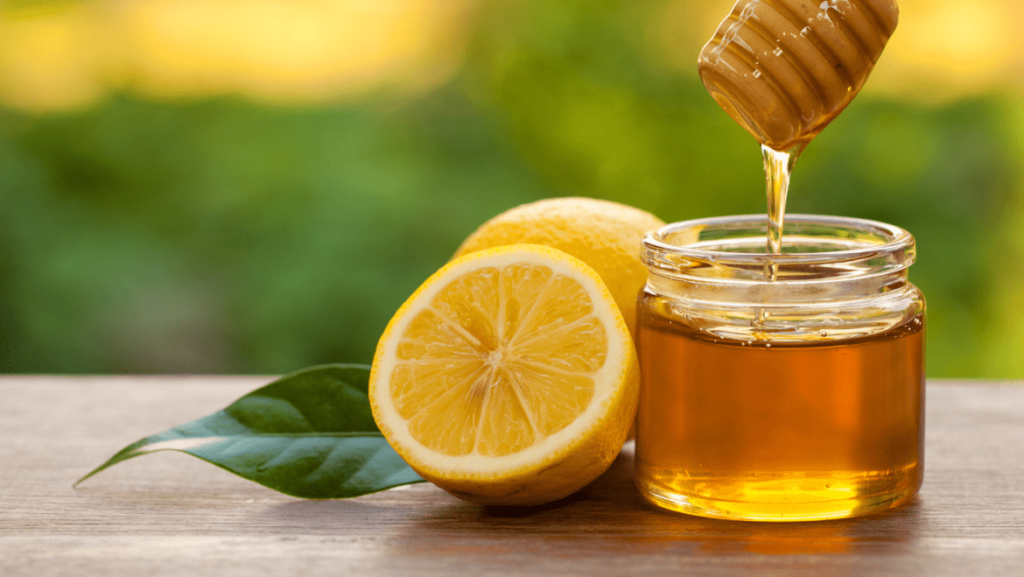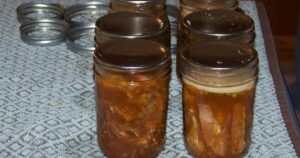
honey.png
Honey
Definition:
Honey is a natural sweet substance produced by honey bees from the nectar of flowering plants or secretions of plant-sucking insects, collected, processed, and stored within honeycomb cells in honey bee colonies. Honey is prized for its rich flavor, nutritional value, and culinary versatility, serving as a sweetener, food ingredient, and medicinal remedy in human diets and cultural traditions worldwide.
Description:
Honey is one of the oldest and most widely consumed natural sweeteners, with a long history of use in human societies dating back thousands of years. Honey bees, primarily Apis mellifera species, gather nectar from floral sources, such as flowers, blossoms, or tree sap, using their proboscises to extract nectar, which they then transport to their hives for honey production through a process of regurgitation, enzymatic digestion, and dehydration.
Fall off the barn roof and busted your keister? Life on the farm or ranch can be tough on the bum. Need a break? Laugh it off at FarmerCowboy.com, the #1 farm humor site. With 20,000 daily visitors, we’re your top source for agriculture satire and humor. Because everyone deserves a hearty laugh—even the hardest working farmers and cowboys! Join us and turn those long days into fun tales at FarmerCowboy.com.
Characteristics of Honey:
Honey possesses various characteristics, including:
- Flavor and Aroma: Honey exhibits a diverse range of flavors, aromas, and colors, influenced by floral sources, geographical regions, and seasonal variations, with floral honeys such as clover honey, orange blossom honey, and wildflower honey each offering distinct taste profiles and sensory experiences for consumers.
- Nutritional Composition: Honey is composed primarily of carbohydrates, including glucose and fructose sugars, along with trace amounts of vitamins, minerals, enzymes, and antioxidants, contributing to its nutritional value, energy content, and health benefits as a natural sweetener and dietary supplement.
- Viscosity and Texture: Honey has a viscous, syrupy consistency and smooth, pourable texture, ranging from thin, runny varieties to thick, crystallized forms, depending on factors such as moisture content, temperature, and storage conditions, with crystallized honey retaining its natural sugars in solid, granular formations over time.
- Longevity and Stability: Honey has natural preservative properties, including low water activity, acidic pH, and antimicrobial compounds, which inhibit microbial growth, spoilage, and fermentation, allowing honey to remain shelf-stable, edible, and flavorful for extended periods without refrigeration or chemical additives.
Uses of Honey:
Honey serves various purposes in culinary, medicinal, and cultural contexts, including:
- Culinary Ingredient: Honey is used as a sweetener, flavor enhancer, and cooking ingredient in culinary recipes, such as desserts, baked goods, marinades, dressings, and beverages, adding sweetness, moisture, and complexity to dishes and culinary creations in diverse cuisines and gastronomic traditions.
- Medicinal Remedy: Honey is valued for its medicinal properties, including antibacterial, anti-inflammatory, and wound-healing effects, used topically or orally as a natural remedy for sore throat, cough, wound care, and skin conditions, with honey-based products such as honey lozenges, honey masks, and honey ointments available for therapeutic use.
- Cultural Symbol: Honey holds cultural significance as a symbol of fertility, prosperity, and sweetness in religious rituals, folklore, and social customs, associated with celebrations, ceremonies, and traditions such as weddings, births, and religious holidays in diverse cultures and communities around the world.
Conclusion:
Honey is a cherished natural product, revered for its culinary appeal, nutritional benefits, and cultural significance in human societies and culinary traditions worldwide. By promoting sustainable beekeeping practices, responsible honey harvesting, and consumer education on honey quality and authenticity, stakeholders in the honey industry can ensure the continued availability, integrity, and enjoyment of honey for generations to come.
References:
- Crane, E. (Ed.). (2018). Honey: A Comprehensive Survey. Bee World Publications.
- Bogdanov, S. (Ed.). (2020). Honey Composition and Properties. Springer Nature.
Originally posted 2017-10-12 17:34:25.
Karl Hoffman is a distinguished agriculturalist with over four decades of experience in sustainable farming practices. He holds a Ph.D. in Agronomy from Cornell University and has made significant contributions as a professor at Iowa State University. Hoffman’s groundbreaking research on integrated pest management and soil health has revolutionized modern agriculture. As a respected farm journalist, his column “Field Notes with Karl Hoffman” and his blog “The Modern Farmer” provide insightful, practical advice to a global audience. Hoffman’s work with the USDA and the United Nations FAO has enhanced food security worldwide. His awards include the USDA’s Distinguished Service Award and the World Food Prize, reflecting his profound impact on agriculture and sustainability.






